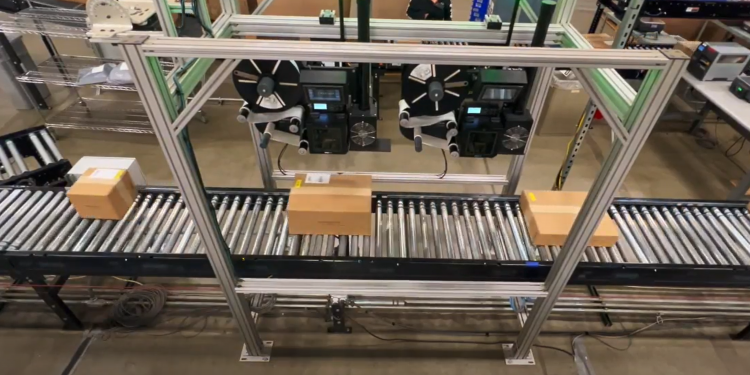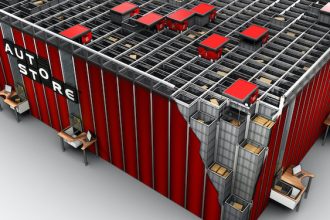Offsetting Labor Shortages with SLAM

The labor shortage isn’t going anywhere soon and the costs to attract reliable labor continue to rise. In some cases, warehouses and manufacturers are paying $30 an hour and higher to entice employees. Even then, reliability of those high-paid workers is questionable. At the same time, demand from customers runs higher than ever, and to keep up, companies must find alternative answers.
For many manufacturers and distribution centers that means doing more with less human power. Where the cost of some types of automation used to be well out of reach for most companies, it is becoming increasingly more cost effective as human resources dwindle.
An easy way to automate and save on labor costs is to focus on the SLAM process—scanning, labeling, application and manifesting outbound customer shipments. An easy way to make your processes more efficient, automating SLAM activities can deliver an almost immediate return on investment (ROI), especially in large operations where the efficiency is exponential.
To better understand SLAM automation, you can put it in human terms: instead of an employee scanning labels, place a scanner on the outbound line. Instead of a person printing out labels and applying them to cartons or boxes, you automate the tasks. The same goes for manifesting and finally, getting the products out the door.
There are many options for approaching SLAM, ranging from hybrid to fully automated. One way to approach it is to look for your biggest pain points in the SLAM process and starting there. So if an operator spends about 1.5 minutes per package opening up a bag, applying a label, and then putting it onto a tote for conveyance, maybe your best starting point is with labeling, printing and applying. This could amount to big time savings, which also equals cost savings. For the cost of one operator, you’ve improved speed by up to four times.
In addition to cost and time savings, automating SLAM can help with employee retention. When operators can lighten up on their tasks and allow machinery to take over parts of it, they have the opportunity to perform other job functions, which allows them to enjoy their work more. In the middle of a labor shortage, this is critical.
Other benefits to automating SLAM include a reduction in errors as the jobs are taken out of the hands of humans. Fewer touch points mean less opportunity for things to go wrong, and customer gains an increase in productivity.
If you’re considering adding SLAM automation into your facility, you’ll want to involve the right stakeholders. Having a champion for the project to research options and see them through to implementation and training is a good idea—someone who can own the project. If you work with a 3PL for some of your warehousing operations, you might be paying per pick. Suggesting your 3PL partner look into it can also be a good idea, although you might find initial resistance because you’ll need to spell out the cost savings to them. Getting buy in from suppliers, the 3PL, and consultants can help make the case for everyone involved.
To find out more about the Scan Label Apply Manifest (SLAM) industry group visit: https://www.mhi.org/slam
To read more blogs by the Automation Industry Groups click here



